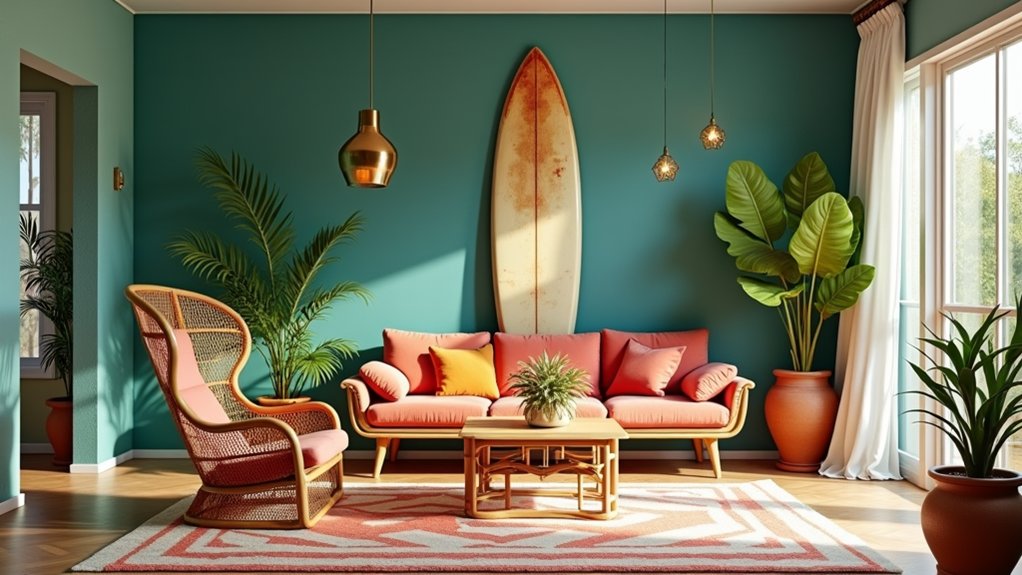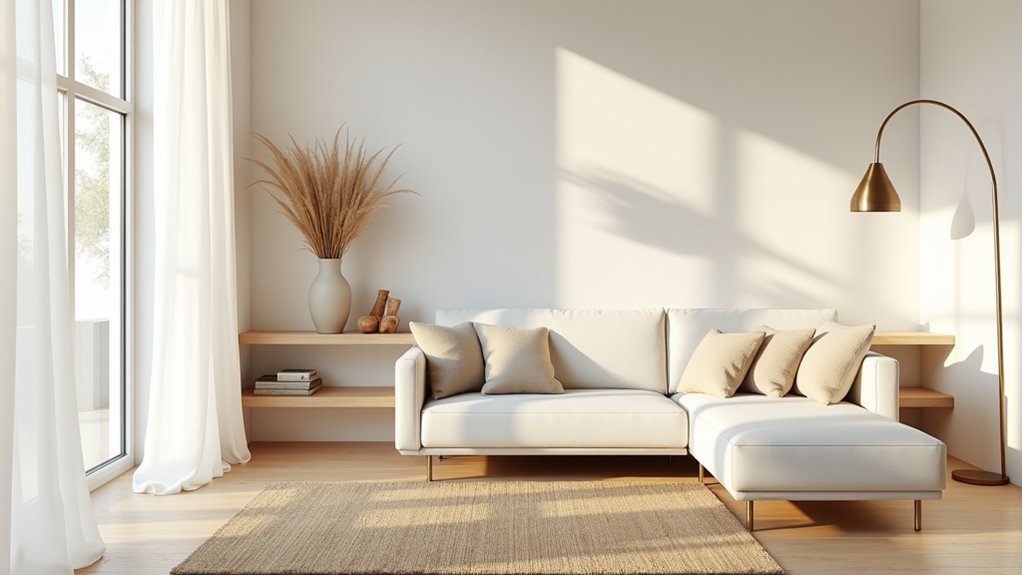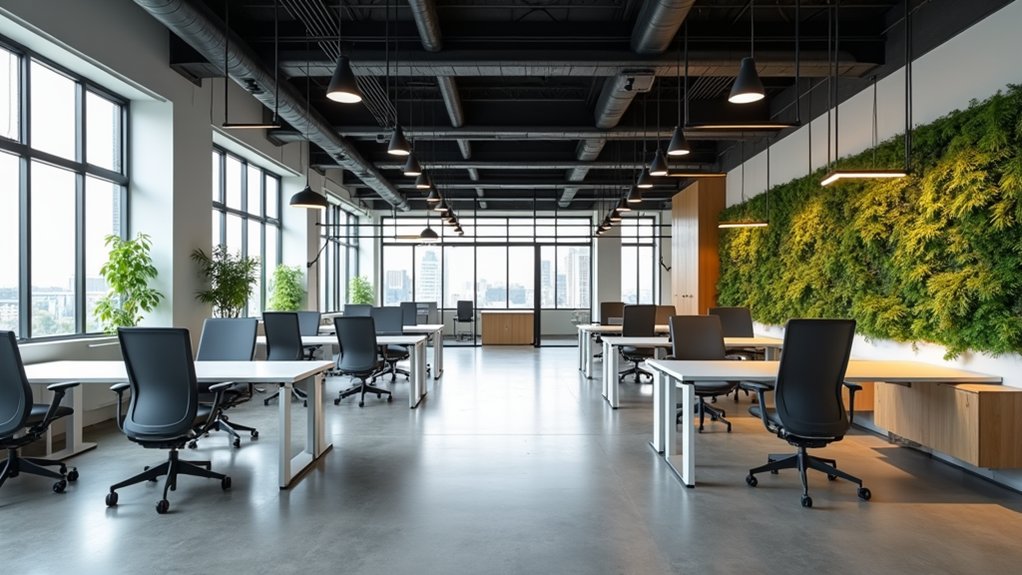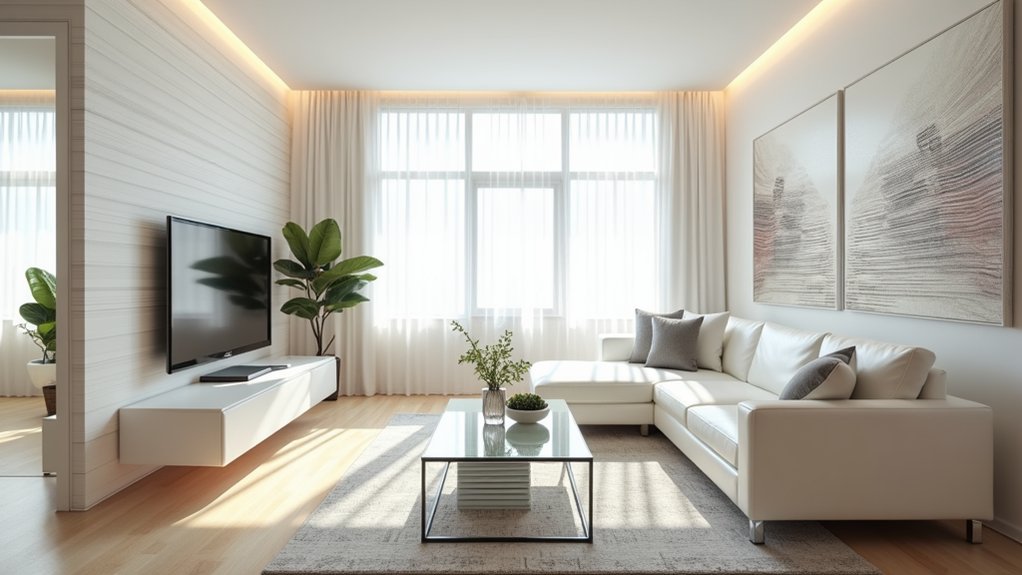While the design world has witnessed numerous movements throughout history, Radical Minimalism stands as a transformative philosophy that pushes the boundaries of traditional minimalist principles to their logical extreme. This design approach, which gained significant momentum with the emergence of Maximum Minimalism in 2025, represents a deliberate response to the overwhelming visual and informational complexity of contemporary culture.
At its core, Radical Minimalism emphasizes the reduction of elements to their purest form, prioritizing functionality and accessibility over purely aesthetic considerations. The movement's practitioners employ a strict adherence to form following function, utilizing limited color palettes and no more than two fonts to create unified visual languages. Designers often gravitate toward pieces like the Twin Oak Wood & Steel Chair for its perfect balance of form and function. A key strength of this approach is its ability to reduce cognitive load by minimizing visual stimuli, allowing users to focus entirely on their tasks. This focus aligns with the trend of wellness-focused aesthetics that promotes healthier living environments.
"The power of Radical Minimalism lies in its ability to create serene, uncluttered environments through fundamental elements alone," notes leading design theorist Sarah Chen.
The spatial considerations of this movement are particularly remarkable, with open floor plans and large windows maximizing natural light flow throughout spaces. Designers carefully select furniture and décor based on both functional necessity and aesthetic value, incorporating built-in storage solutions to maintain clean visual lines. This approach extends to material selection, where practitioners favor natural, sustainable materials that age gracefully, creating subtle texture variations that provide visual interest without contributing to clutter.
Implementation of Radical Minimalism begins with a thorough analysis of functional needs before any aesthetic considerations come into play. Designers systematically remove decorative elements that serve no practical purpose, treating negative space as an active design element rather than mere emptiness.
This methodology has proven particularly effective in creating environments that serve diverse user needs while maintaining the movement's core principles of simplicity and clarity.
The movement's influence continues to grow as designers and architects seek solutions to combat visual overload in both private and public spaces. Through its bold approach to simplicity and functionality, Radical Minimalism offers a compelling alternative to maximalist trends, demonstrating that less can certainly be substantially more.






